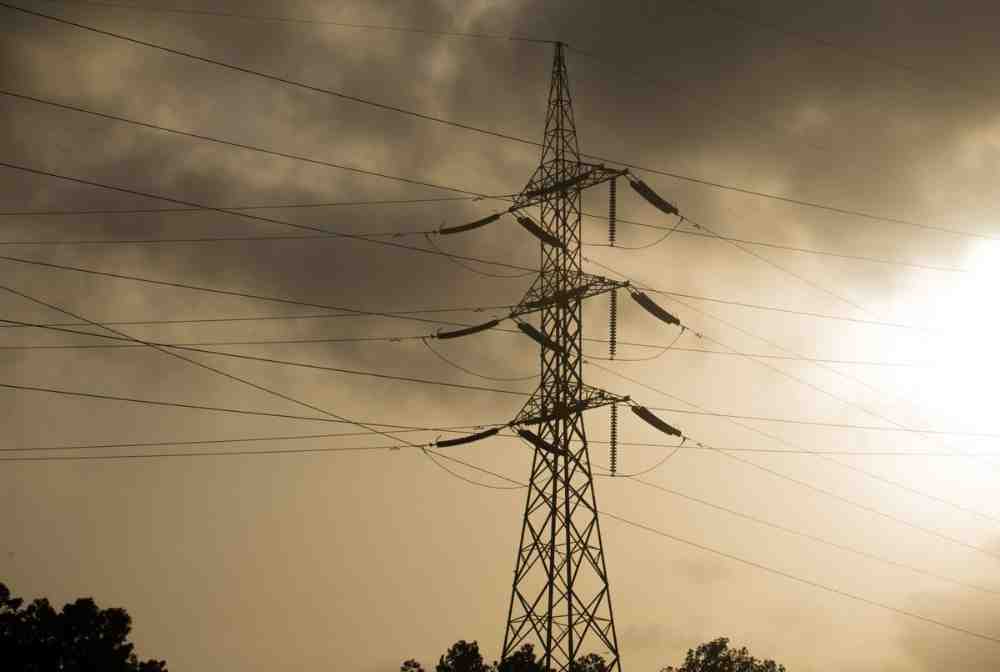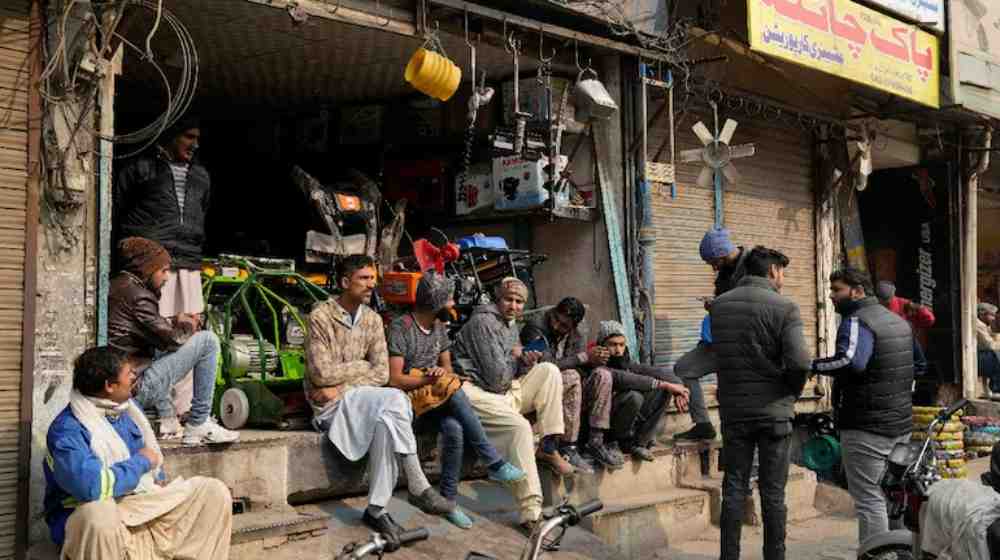The economic and energy crises in Pakistan getting worse day by day. On Monday, Pakistan witnessed a huge power failure following a breakdown of its national electricity grid. The power outage affected more than 220 million people. Major cities such as Karachi, Islamabad, Lahore, and Peshawar faced blackouts.
According to Power Minister Khurrum Dastagir, frequency variation in Southern Pakistan caused the grid failure. As the electricity demand is low in winter, they shut down power generation systems at night as an ‘economic measure.’ When the systems were turned on in the morning, there occurred frequency variation and voltage fluctuation and thus power outage, he further elaborated. Datstagir added that it was not a major crisis and some of the grids had already been restored.

However, the outage affected several businesses and hospitals. Many factories had to shut down temporarily due to the power breakdown. In Lahore, a closing notice was displayed at Orange Line metro stations. About 60 per cent of Pakistan’s electricity is generated from fossil fuels while 27 per cent comes from hydropower. Nuclear and solar power contribution is just 10 per cent.

Many cite the recent episode as a part of the ongoing economic crisis in Pakistan. The country faced a similar breakdown last October, too. The outage lasted for more than 12 hours then. The country is struggling with the worst economic crises it has seen in recent years. The foreign exchange reserves are dwindling and there are food and energy crises. The energy crisis is so severe that the government ordered shopping malls and markets to close by 8.30 pm to conserve energy. According to an editorial by Dawn, inadequate transmission capacity, flawed strategy, imprudent use of available resources, and transmission and distribution losses are the reasons behind the crisis.
